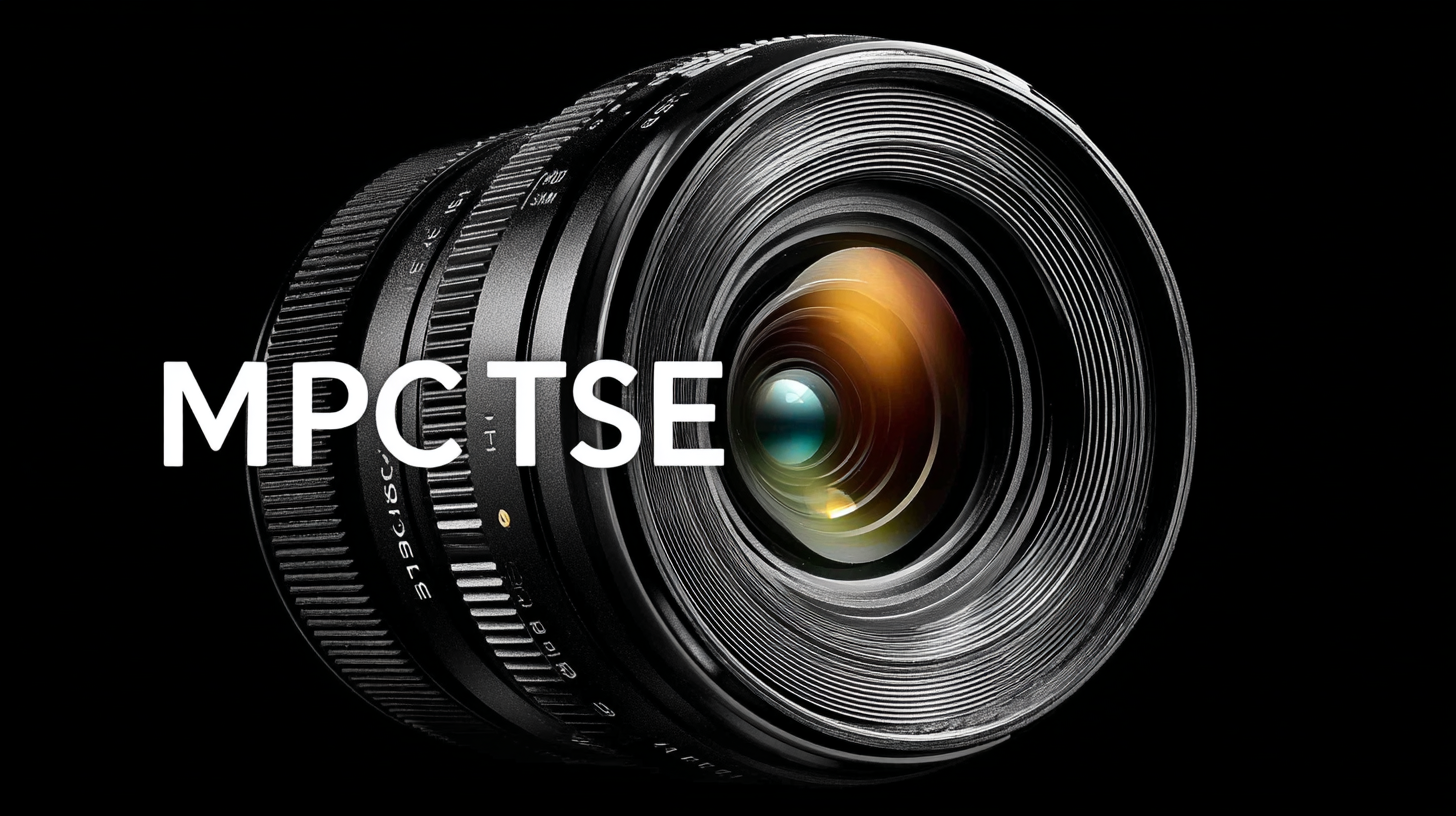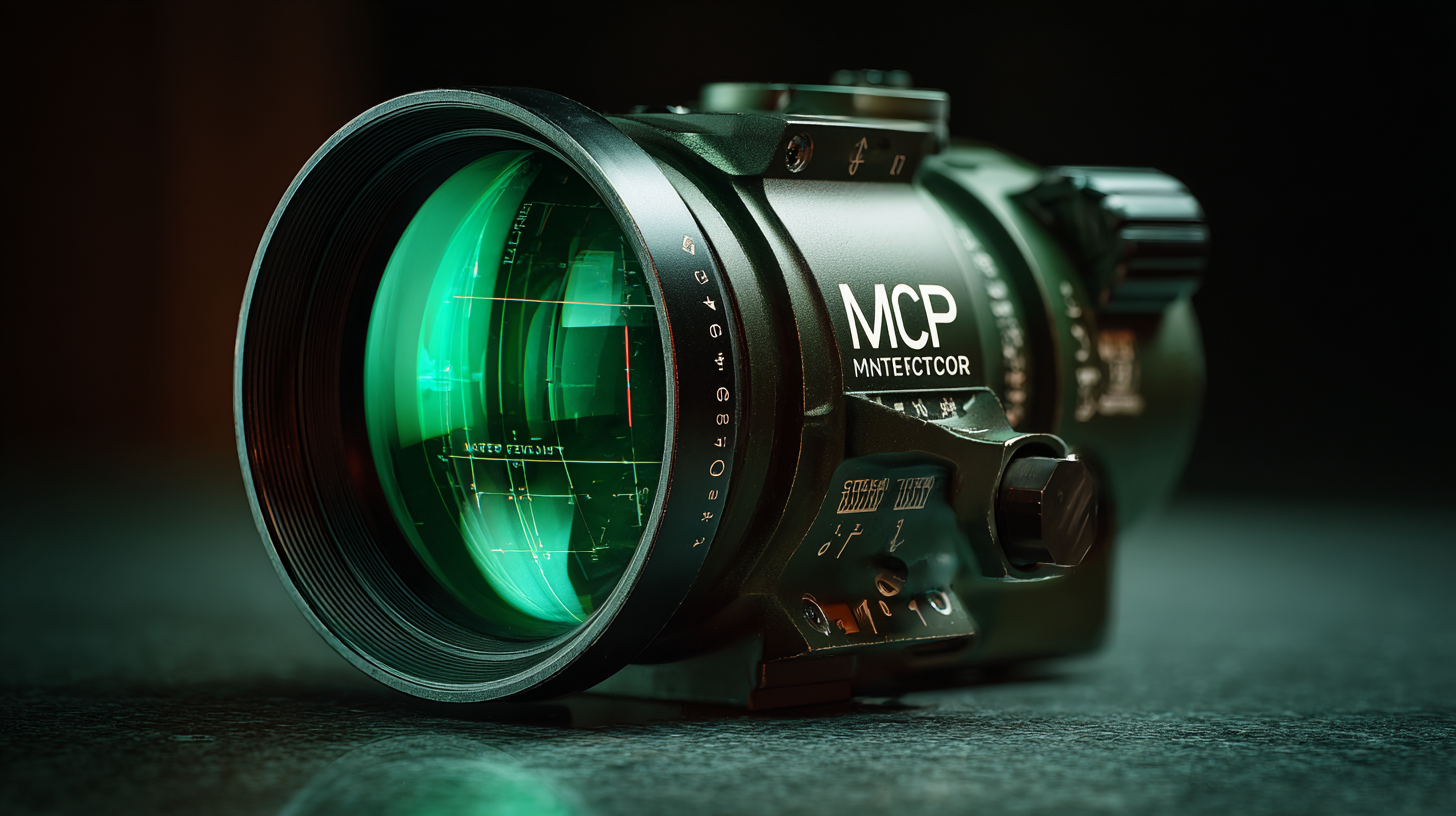Services
The Ultimate Guide to Selecting the Best MCP Image Intensifier for Your Needs
 In the realm of night vision technology, choosing the right MCP Image Intensifier can make a significant difference in performance and functionality. Whether you are a professional in the field or an enthusiast seeking the best equipment for your next adventure, understanding the intricacies of MCP Image Intensifiers is crucial. This guide will walk you through the essential factors to consider, including image quality, sensitivity, durability, and even price point, to ensure you select the best intensifier tailored to your specific needs.
In the realm of night vision technology, choosing the right MCP Image Intensifier can make a significant difference in performance and functionality. Whether you are a professional in the field or an enthusiast seeking the best equipment for your next adventure, understanding the intricacies of MCP Image Intensifiers is crucial. This guide will walk you through the essential factors to consider, including image quality, sensitivity, durability, and even price point, to ensure you select the best intensifier tailored to your specific needs.
With various options available on the market, our comprehensive approach will help demystify the selection process, providing you with the insights needed to make an informed decision. Dive into our ultimate guide and empower yourself with knowledge that will elevate your night vision experience to new heights.
Understanding MCP Image Intensifiers: Key Features and Benefits
When selecting an MCP image intensifier, it is crucial to understand the key features that differentiate various models. MCP, or Microchannel Plate, technology significantly enhances the sensitivity and resolution of night vision devices. One of the primary features to consider is the gain of the intensifier, which indicates how well it can amplify low-light signals. A higher gain allows for clearer images in darker environments, making it vital for applications in low-light conditions.
Another important aspect is the resolution provided by the image intensifier. This is often measured in line pairs per millimeter (lp/mm) and directly affects the clarity of the image. Higher resolution means better detail, which is essential for precision tasks such as surveillance or tactical operations. Additionally, the spectral response of the intensifier plays a crucial role in determining its efficiency under various lighting conditions. By understanding these key features, users can select the best MCP image intensifier that meets their specific needs, ensuring optimal performance and results.
The Performance Comparison of MCP Image Intensifiers
Exploring Alternatives to Traditional MCP Image Intensifiers
 When considering alternatives to traditional MCP (Microchannel Plate) image intensifiers, it's crucial to explore various technologies that could meet specific operational needs. Innovations in the field have led to the emergence of advanced systems such as flat panel detectors and CMOS-based imaging solutions. These alternatives offer distinct advantages, such as improved image quality, reduced size, and lower power consumption, making them suitable for diverse applications ranging from medical imaging to security.
When considering alternatives to traditional MCP (Microchannel Plate) image intensifiers, it's crucial to explore various technologies that could meet specific operational needs. Innovations in the field have led to the emergence of advanced systems such as flat panel detectors and CMOS-based imaging solutions. These alternatives offer distinct advantages, such as improved image quality, reduced size, and lower power consumption, making them suitable for diverse applications ranging from medical imaging to security.
Tip: When evaluating alternative image intensifiers, assess the specific requirements of your application, such as resolution, sensitivity, and environment. This will help you identify the technology that aligns best with your operational objectives.
Another promising alternative is the use of photon counting detectors, which provide excellent timing resolution and can operate effectively in low-light conditions. This technology can significantly enhance the performance of imaging systems, particularly in demanding scenarios like astrophysics or high-energy physics.
Tip: Ensure you consider factors like durability and maintenance when selecting an alternative to traditional MCP image intensifiers. Some technologies may offer long-term reliability and lower operational costs, thus providing better value over time.
Evaluating Cost-Effectiveness of Different Image Intensifier Options
When selecting an MCP (Micro-Channel Plate) image intensifier, evaluating cost-effectiveness is crucial for making an informed decision. According to the Imaging Science and Technology Society, the price range for MCP image intensifiers can vary significantly, with basic models starting around $5,000, while high-performance options can exceed $20,000. Understanding the trade-offs between initial cost and long-term value is essential for organizations that rely on these technologies for applications like surveillance and medical imaging.
A recent report from the National Institute of Standards and Technology (NIST) indicates that investing in higher-quality image intensifiers can enhance performance metrics such as light sensitivity and resolution. For instance, opting for a model with improved gain and lower noise levels can lead to better image clarity in low-light conditions, ultimately reducing the need for additional equipment or post-processing costs. Additionally, long-term maintenance expenses should be factored into the overall cost; robust systems may have longer lifespans and less frequent need for replacement components, thus providing a more cost-effective solution over time. By carefully evaluating these factors, professionals can choose an MCP image intensifier that strikes the right balance between quality and budgetary constraints.
The Ultimate Guide to Selecting the Best MCP Image Intensifier for Your Needs
| Model | Generation | Resolution (lp/mm) | Gain (dB) | Price ($) | Weight (kg) |
|---|---|---|---|---|---|
| Model A | Gen 2+ | 50 | 40 | 1500 | 1.2 |
| Model B | Gen 3 | 70 | 60 | 2500 | 1.5 |
| Model C | Gen 3+ | 80 | 75 | 3500 | 1.8 |
| Model D | Gen 4 | 100 | 90 | 5000 | 2.1 |
Comparative Analysis of MCP Image Intensifiers vs. Alternatives
When selecting an MCP (Microchannel Plate) image intensifier, understanding its performance in comparison to alternatives is crucial. MCP image intensifiers are renowned for their excellent resolution and gain characteristics, often ranging between 103 to 106, depending on the specific application and technology used. According to a report by the Global Photonics Market, MCP technology can achieve resolution levels up to 60 lp/mm (line pairs per millimeter), making them particularly well-suited for applications requiring high fidelity, such as night vision and scientific imaging.

In contrast, alternative image intensifiers, such as those utilizing silicon-based sensors or low-light CMOS technology, may offer lower gain but often come with enhanced sensitivity and broader spectral ranges. A comparative study published in the Journal of Optical Engineering highlights that while CMOS sensors provide advantages in terms of speed and integration with digital systems, they typically struggle to match the low-light performance of traditional MCP systems. As a result, selecting between these options largely depends on the specific performance parameters of the intended application, such as the required resolution, sensitivity, and ambient light conditions. Understanding these distinctions is vital for making an informed choice that aligns with user needs and technological capabilities.
Future Trends in Image Intensification Technology and Alternatives
Recent advancements in
image intensification technology suggest a significant shift
towards high-performance, compact solutions optimized for
various applications from night vision to medical imaging. According to a recent market research report, the
global image intensifier market is projected to reach USD 3
billion by 2025, driven by increasing demand for enhanced imaging capabilities in defense and healthcare
sectors. Innovations in photomultiplier tube technology and digital signal processing promise to improve
image resolution and reduce noise, thus enhancing the effectiveness of MCP image intensifiers.
Moreover, alternatives to traditional MCP technology are emerging. Solid-state image sensors and advanced
CMOS technologies are gaining traction, as they offer benefits such as lower power consumption and improved durability.
A report from TechNavio indicates that the adoption of CMOS image sensors in low-light applications is expected to grow at a
CAGR of 12% over the next five years. As end-users seek
versatile and efficient solutions, these alternatives are poised to complement conventional image intensifiers
while meeting the stringent requirements of modern imaging
applications.
